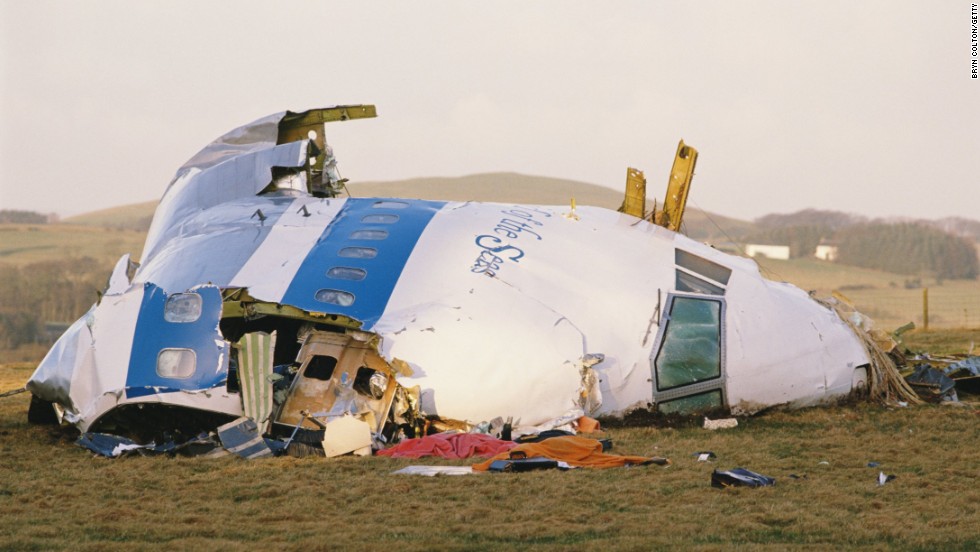An EgyptAir airliner bound from Athens, Greece to Malta and carrying several U.S. citizens was hijacked by the Abu Nidal Organization, a renegade Palestinian faction backed by Libya. Abu Nidal (Sabri Khalil al-Banna) split from the PLO in 1974 and founded the Abu Nidal group. The November 1985 hijacking is considered their first international terrorist attack.
Egyptian commandos attempted to storm the plane, during which the hijackers threw grenades inside the aircraft and 60 of the 95 passengers and crew died in the resulting explosions and fire. The Abu Nidal Organization would go on to carry out a number of particularly brutal international hijackings and attacks.
Abu Nidal was expelled from Libya in 1999 and he ultimately sought refuge in Saddam Hussein’s Iraq. He was killed in his Baghdad apartment in August 2002, some say by Iraqi secret police, some say he committed suicide. But the bottom line was that Saddam feared his independence and even possible work with the United States after 9/11, especially as an invasion of Iraq seemed coming.
Abu Nidal was probably the last of the individual charismatic terrorists—à la “Carlos the Jackal”—who could flourish in rogue states and evade international capture. And his organization’s many hijackings also ultimately lead to more and more efforts to secure air travel, a process that obviously didn’t happen until after 9/11.
